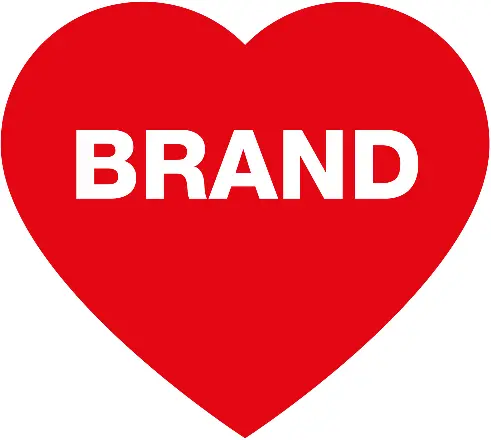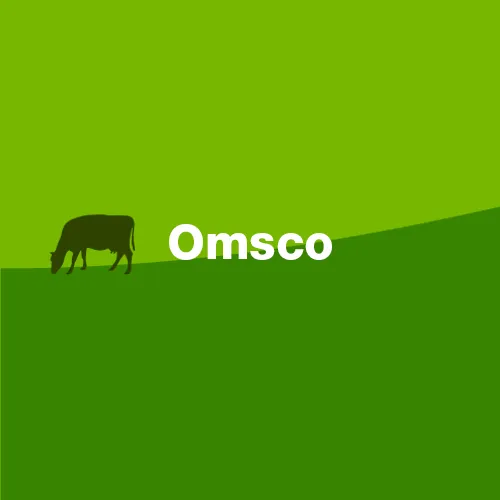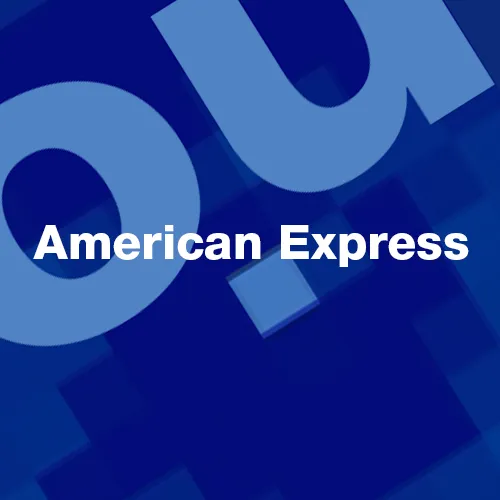
Your employee brand and your brand are one and the same – get them working as one
The importance of brand and the concept that it is far more than a simple logo is pretty widely understood today. What is far less well understood is the importance of embedding the brand internally. An awful lot of time, effort and intellectual rigour go into defining or redefining brands but all too often that is where it stops. Far less effort seems to be given to making sure that your people fully understand and support your brand’s aims and ambitions. This is missing an important trick and one which ultimately will undermine the whole brand building exercise.

We still hear talk of the ‘employee brand’ as if it is some entity in its own right, separate from the brand that customers see. In reality there is only one brand, at least there should be. If you have separate internal and external brands, not only will that take up too much of your time (and money), it will also confuse your audiences. And confusion is anathema to strong brands. Of course, you will need to converse with your internal audience in a different way from how you talk to customers but the overriding brand (values, positioning, proposition and so on) must remain consistent. The messages will change but the brand must stay the same, it must remain true to its core.
The brand belongs to everyone, not just management

In the good old days, the top down approach to management was accepted and arguably worked. It doesn’t work so well today. The rise of consumerism, of social media and the concept of the individual, have changed how we view the world and our working environments. Today people expect to have a point of view and to be listened to. Dictat is out, consensus and equality are in. With these changes in society has come the demise of formality at the workplace, with even that last bastion of workplace conservatism, the tie, coming under threat.
But the irony is that despite a seemingly more open environment, internal dialogue seems to be as constrained as ever. In the course of our work, we are often struck by how little employees often know or understand the aims, ambitions and values of their employer organisation. This is not their fault. Core values should be central to a company’s operating behaviour, yet seemingly this most basic of brand elements is either never disseminated or not disseminated in the right way for staff to latch on to and use in their daily working lives.
It raises the serious question – if your staff do not know what your brand stands for, how on earth do you expect your customers to? By not engaging their staff many companies are failing in one of the most basic marketing rules and wasting precious resource.
So how do you get your people fully motivated behind your brand?
Staff are people and people like to feel valued. They like to be listened to, they like to feel that they have a voice, that their contribution will be recognised and that they are important to the organisation they work for. Being valued for your participation is a key factor in satisfaction at work. So, entering into face-to-face dialogue with staff is critical.

We might live in the age of digital communications. These have revolutionised our world: we can keep up with our friends and colleagues miles apart, connect live with friends and family across the seas, buy things, book holidays, live our lives at a touch of a button. Fabulous! But people remain human and humans need contact.
So whilst you could run an online survey, this will only ever give you part of the story, Emotions and perceptions just can’t be fully accounted for in their structured, impersonal format. Far more effective is to sit down and talk to your people in a less structured way because then they will feel that they can talk honestly and give their full point of view. You won’t regret it – your people will feel more involved and importantly more valued. That’s half of the battle.
No one would argue that experiencing a holiday by sitting at your computer is in any way comparable to being there and experiencing the real thing. Stakeholder engagement is a bit like this. You can write as many emails, put up as many posters, do as many online surveys as you like but one of the most important initiatives you can do is to get your employees in a room and have a proper conversation with them.
Dialogue is the starting point for effective staff engagement
The truth is that unless you understand your people and know what they are thinking and what their frustrations and challenges are, the likelihood is that you will never get over the first hurdle. The first step in any brand development is to get talking to your staff and bring then onside.

Working with a major brand a few years ago, we were brought in to help address the issue of demoralised front line staff. Our client’s view was that the root of the problem was money fuelling dissatisfaction, resulting in high staff turnover and low staff productivity. Their pay scales were slightly below those in competitive organisations. The first thing we did was to talk directly to staff. We got groups together from different sectors of the business and encouraged them to talk about their perceptions of the brand and their perceived issues and challenges. These open conversations were instrumental in uncovering the real problems. It turned out that low pay wasn’t the issue at all, what was far more significant was that staff felt ignored and undervalued.
Not only did the findings direct the subsequent communications and engagement programme, making sure it was one that resonated with staff but just by having those conversations staff immediately began to feel more valued and more at one with the company. The programme was so successful that it was rolled out across the globe immediately. This would simply not have been possible if we had not had that dialogue.
Get talking
At Housebrands we believe that dialogue is fundamental to the success of every brand. Good brands don’t talk at their people they enter a dialogue with them, they want to hear what their people have to say, they want to listen. Satisfied staff are not only more productive but they are less likely to leave. With recruitment and retention costs under scrutiny, improving the numbers can significantly help profitability.
We know that we can create all the clever communications programmes you like but they won’t be effective if they fall on deaf ears. It’s only by talking to Bob or Sally or the people at the heart of your organisation that you can create the right communications package – one that has every chance of translating onto the bottom line. So, let’s get talking.















